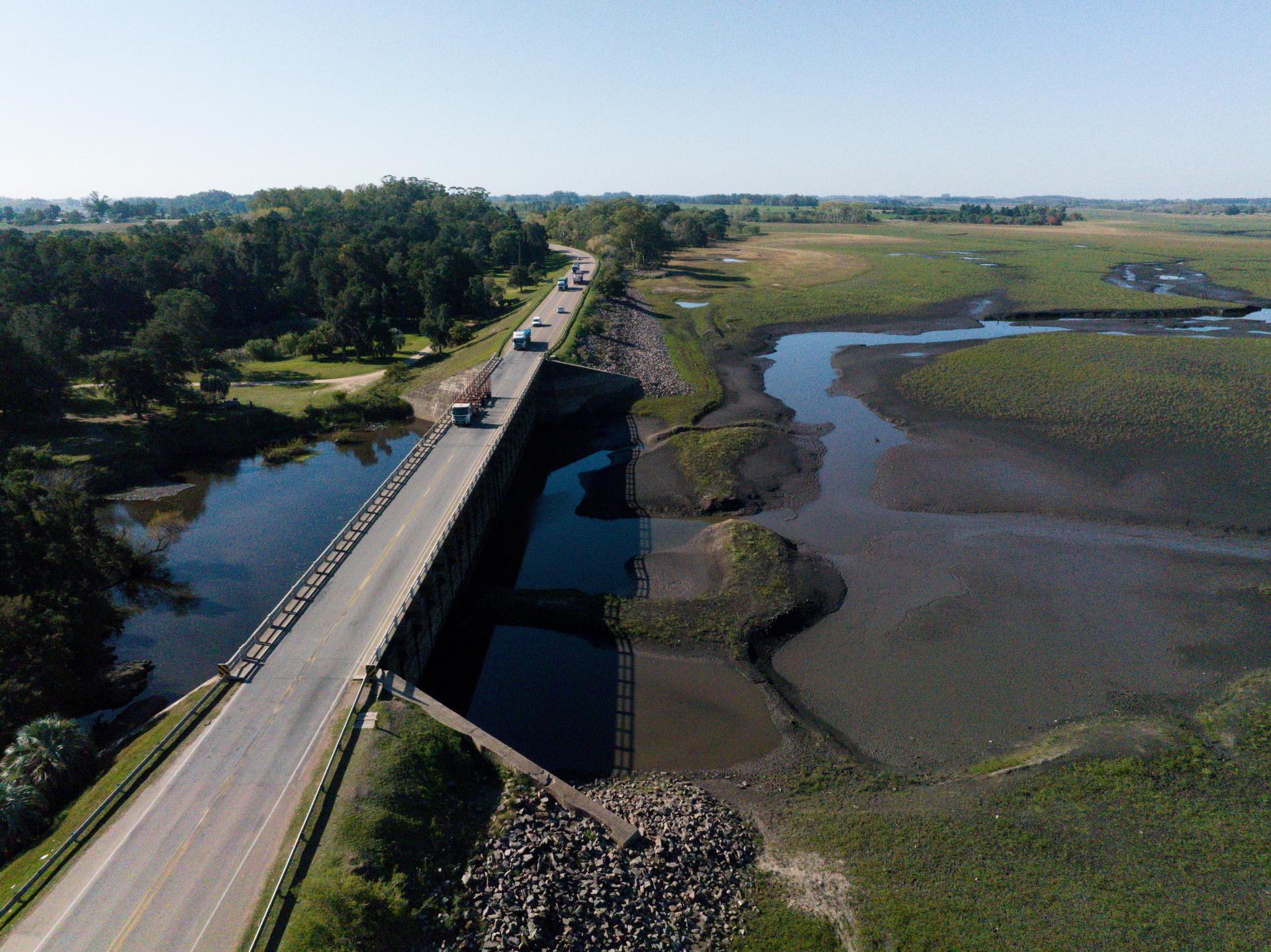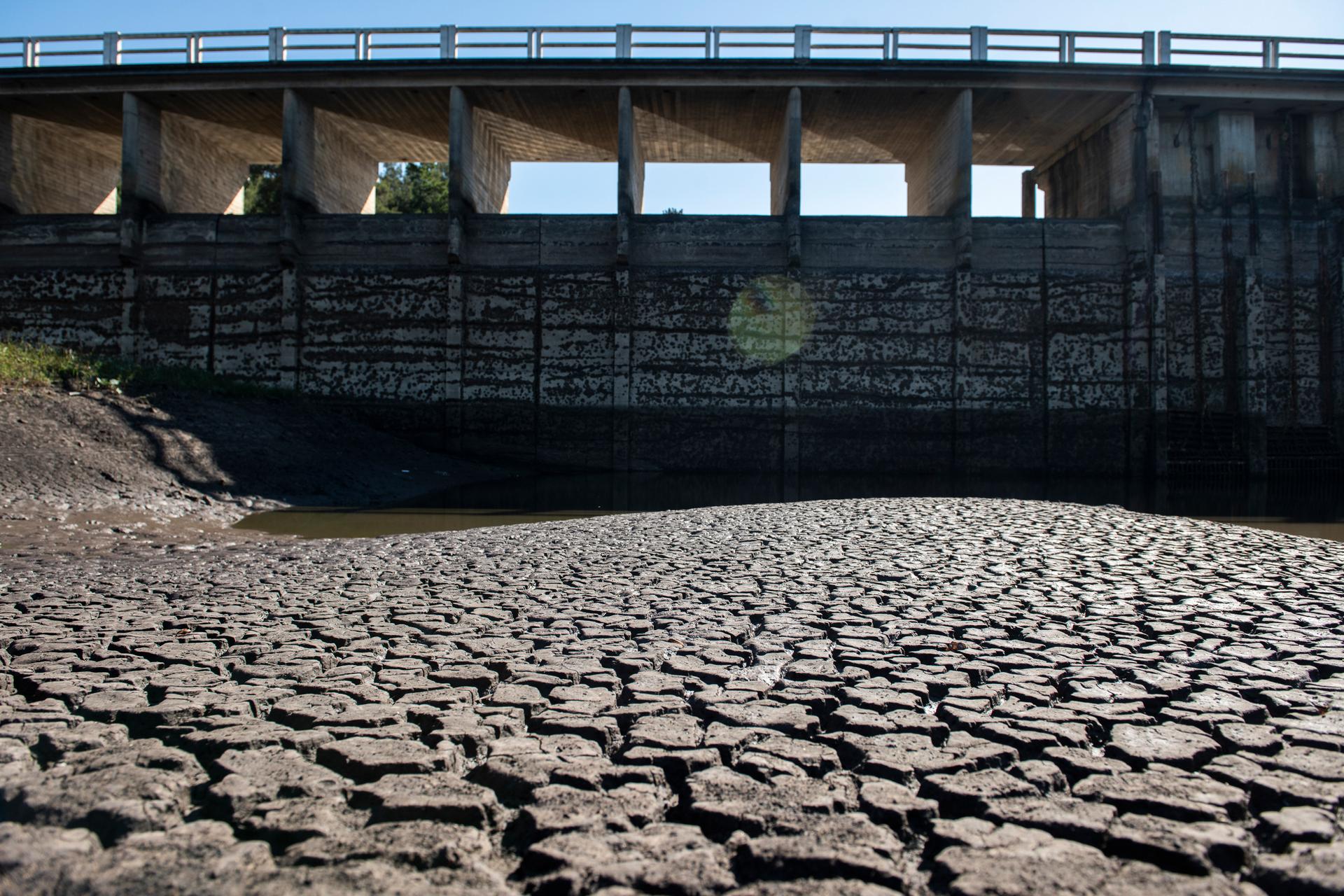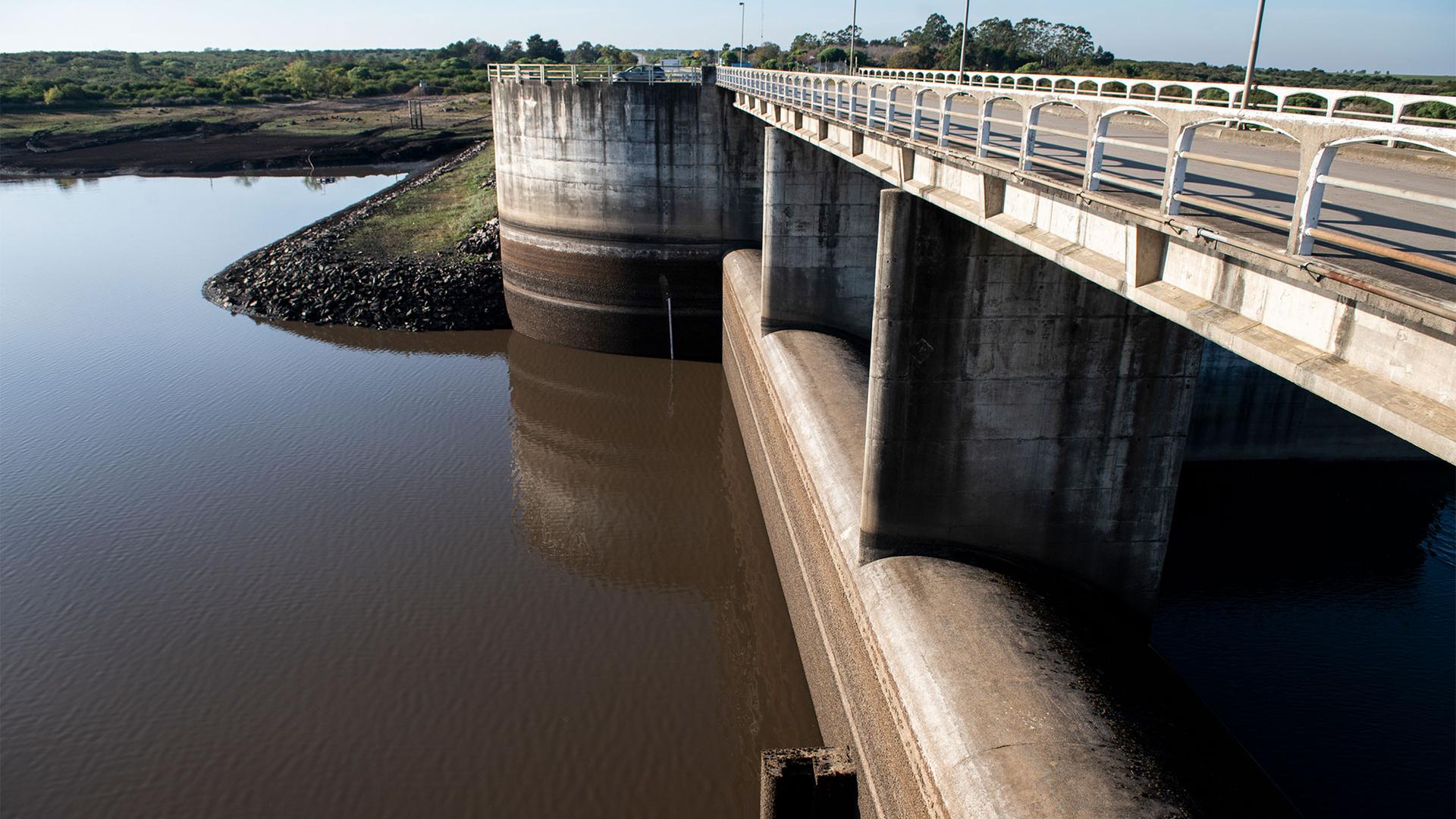Uruguayans protest over government attempts to supplement public drinking water from salty reservoirs amid historic drought
Last week, people hit the streets of Uruguay’s capital Montevideo for the latest in a string of protests. They attacked the government’s response to the ongoing drought that’s struck the country over the past several years and the increasingly salty taste of the water pouring from their taps. Many marched with their traditional maté gourds, from which they drink South American green tea.
“You drink maté and it tastes salty,” said teacher Paula Padilla. “The water’s not potable. So, you have to start to buy water, but that’s not viable for everyone. There are families with six children or more.”
Until recently, Uruguay supplied residents with fresh water from several lakes, but it has now been cutting that with water from brackish reserves drawn from the Rio Plata.
In early May, Uruguay increased its maximum limit for sodium levels in the country’s water system by nearly 160% to 440 milligrams per liter.

“The historic levels of sodium in Montevideo water were between 30 and 40 milligrams per liter,” Montevideo Mayor Carolina Cosse said in a press conference in May. “And now, the average is 10 times higher than this.”
“The water is not potable in the perfect definition of potability,” Environment Minister Robert Bouvier admitted recently. “But we say the water is consumable and drinkable, which is another definition.”
Some Uruguayans have turned to science to criticize the state of affairs. In one video posted over social media, a man in an orange shirt lit up a tiny bulb by passing an electric current through the salty tap water, something that could not happen in freshwater.
“This is dangerous, really dangerous for poor Uruguayans,” the man said.
Uruguay’s Health Ministry has recommended that pregnant women and those with certain preexisting conditions not consume the water. And sodium consumption can be particularly dangerous for those with high blood pressure.
“Safe water is vital for all of our patients,” Loren dos Santos told a local news outlet. She’s with Uruguay’s Pulmonary Hypertension Association, which is organizing to provide water to its members.
“The idea is to buy it and for it to arrive quickly, and if the situation continues, we’ll have to just keep it up,” she said.
The government says this is the nation’s worst water crisis, but that it’s doing its best to tackle the problem.
“We have never seen anything like this in the history of Uruguay.”
“We have never seen anything like this in the history of Uruguay,” said the secretary to the president, Álvaro Delgado, in a recent address. “And we are working for today and for tomorrow.”
Among the projects is a new water plant that could be operational in two years, providing water from the Rio Plata to 1.75 million more homes.
But many Uruguayans say it’s not enough.
Many people have shared videos over social media showing water from broken mains spilling across the streets of Montevideo.
Federico Kreimerman, the president of the state water company union, said the company has been downsizing when they should be hiring more workers instead.
“Everyone sees these broken pipes across the city, and they take a long time to repair,” he told a local news outlet. “Why? Because we don’t have enough people to fix these problems. We have a crisis of personnel.”
Environmental experts are also blaming the current water crisis on poor management of the country’s water systems.
“We have allowed the over-exploitation of freshwater for productive activities — agriculture, irrigation and big industry — this has been the priority,” said Mariana Meerhoff, an ecology professor at Uruguay’s Universidad de la República. “And in this crisis, we believe that it took too long for the alarm to be sounded and to take measures.”

Meerhoff said it’s bad now, but that climate change will make droughts like this even worse. And it’s a sign that the country has serious work to do.
“There are a series of measures that can be taken,” Meerhoff said, including protecting watersheds and prohibiting certain agricultural activities. “But,” she added, “it starts with recognizing that this problem is not going to go away the day it rains.”
Nevertheless, that is exactly what every Uruguayan has been hoping and praying for — rain.
Related: Negotiators meet in Uruguay to map out global plastics treaty
